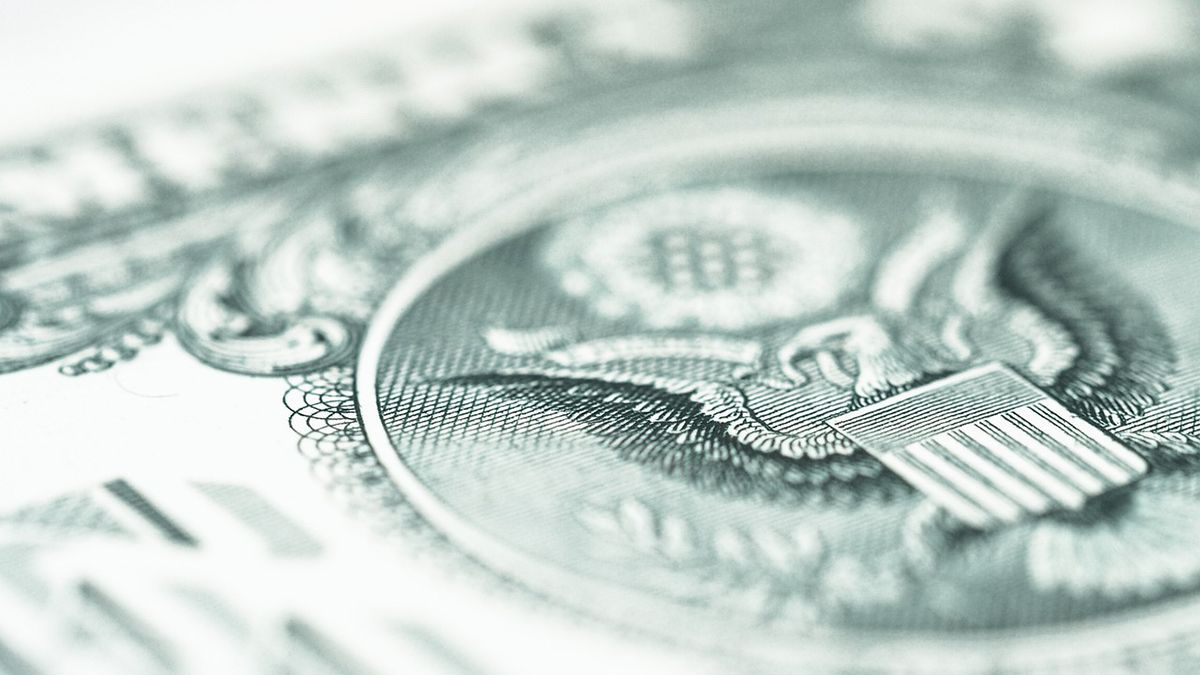He global dollar was heading for its sixth straight week of gains, its longest streak since 2023’s 11 straight weeks, backed by elevated bond yields and expectations of another solid set of earnings numbers. employment in USA.
He dollar index —which measures the performance of the greenback in relation to a basket of six other currencies of international relevance— remained stable in the early hours of Friday around 198.14 units, which means a weekly increase of 0.2%.
A global bond selloff has dominated markets this week — 10-year U.S. Treasury yields rose as high as 4.69% for the week — driven by fears of a rebound in inflation. inflation, as well as the uncertainty about the duty under the incoming US administration led by Donald Trump. This has driven the dollar and has overshadowed other currencies, which have recorded heavy losses against the greenback.
The markets were relatively quiet on Friday, nervous ahead of key U.S. nonfarm payrolls data, which investors will watch closely to confirm their view that U.S. rates could stay high for longer.
“We believe that the balance of risks is tilted upward for the dollar today, as strong jobs numbers could cause markets to price in a cut in March and potentially drive the first fully discounted move beyond June,” he told Reuters Francesco Pesole, currency strategist ING.
In that sense, US nonfarm payrolls data is expected to show that the economy added 160,000 jobs in December, on top of 227,000 in November, with unemployment remaining at 4.2%. Any improvement would add to demand for fewer U.S. rate cuts. Federal Reserve (Fed) and could trigger another round of selling in nervous bond markets. Last night, Philadelphia Fed President Patrick Harker said he expected the US central bank to cut interest ratesbut added that an imminent cut was not necessary.
At the moment, markets expect around 40 basis points of rate cuts from the Federal Reserve in 2025.
Disparity in behavior of other currencies
The pound It continued to fall on Friday and was finally down 0.17% at $1.2285; while the dollar has gained 1% this week against the British currency, which was hit to a 14-month low on Thursday along with a sell-off in government bonds and concerns about the UK government’s finances. United Kingdom.
“What makes the current situation particularly notable is that higher interest rates typically help strengthen the currency, so the fact that we are seeing the pound weaken even as government bond yields rise shows how nervous investors are right now,” analysts at the Deutsche Bank in a note.
Likewise, the dollar has gained 0.3% against the yen this week, but the Japanese currency strengthened 0.15% on Friday to 157.82 per dollar.
In the area euro, The single currency was steady on both the day and week at $1.0299, but was not trading far from the two-year low of $1.0224 it hit last week. A significant number of currency analysts expect the euro to reach parity with the dollar in 2025, a Reuters poll showed this week.
The ups and downs continue in the price of the dollar in Uruguay
In Uruguay, meanwhile, the dollar fell 0.57% compared to Wednesday and closed at 43,683 pesos in the interbank price of the Central Bank of Uruguay (BCU), operating with ups and downs throughout January and continuing within the range of 43 pesos.
The North American currency now accumulates a monthly and annual decline of 0.87% in 2025, since its price was 0.38 pesos below that registered at the end of 2024.
Source: Ambito
I am an author and journalist who has worked in the entertainment industry for over a decade. I currently work as a news editor at a major news website, and my focus is on covering the latest trends in entertainment. I also write occasional pieces for other outlets, and have authored two books about the entertainment industry.




